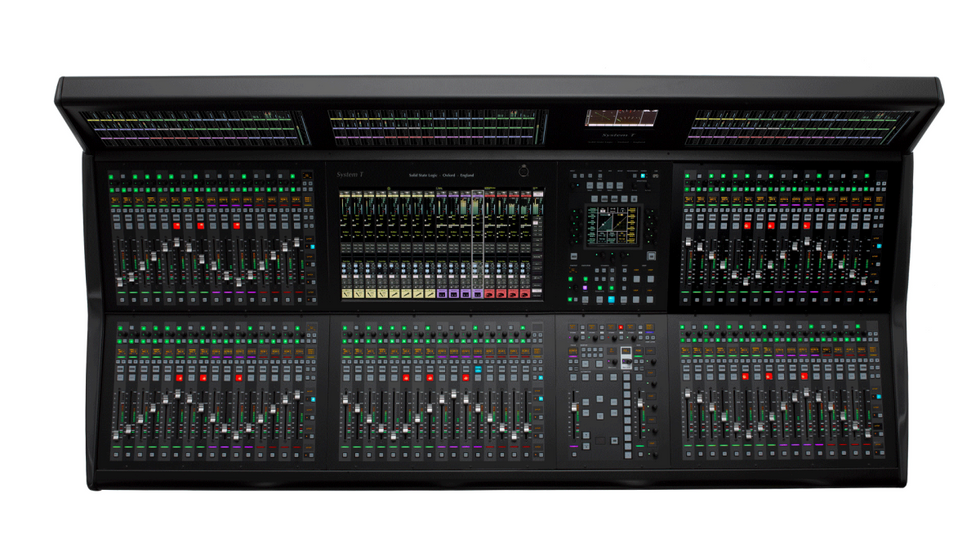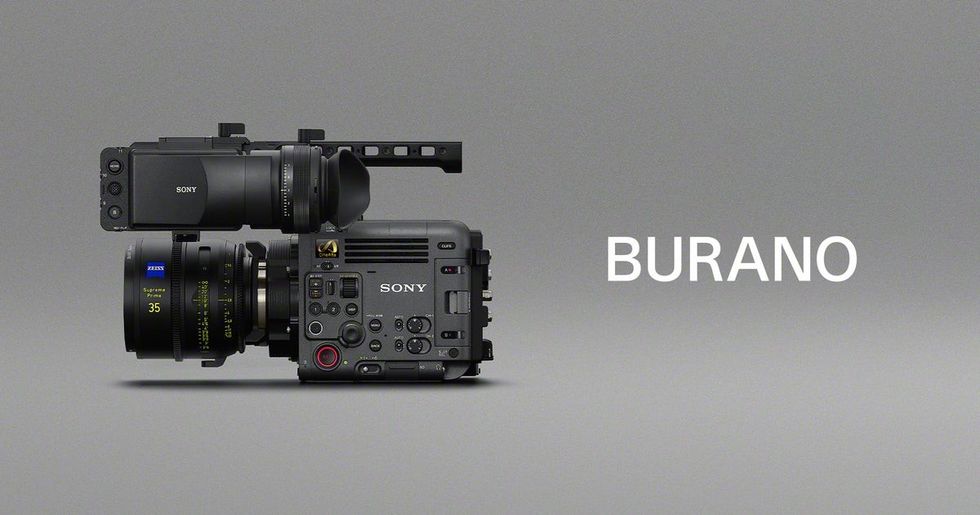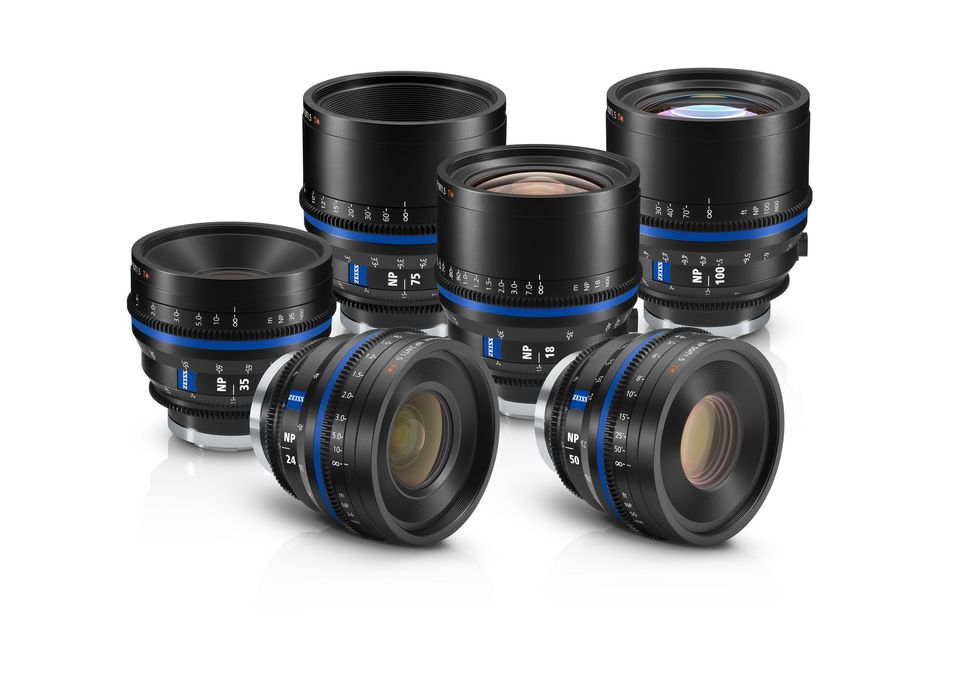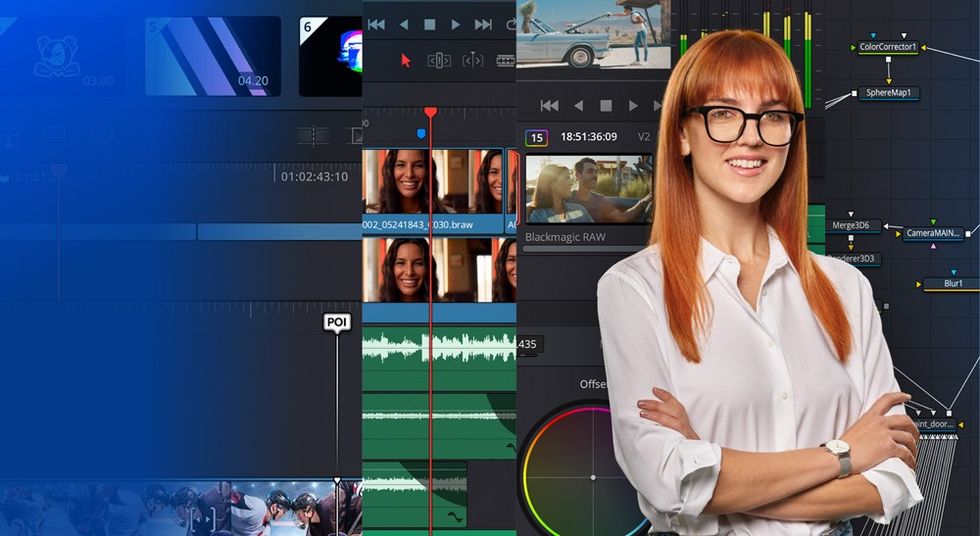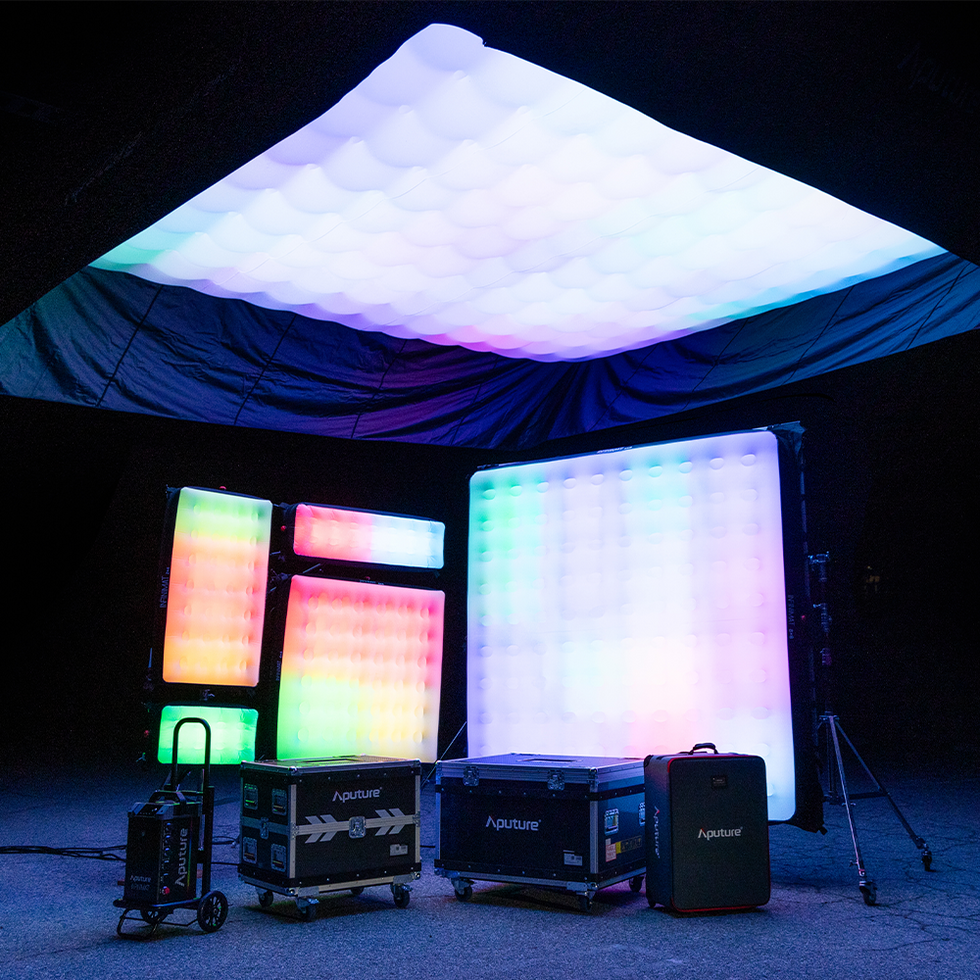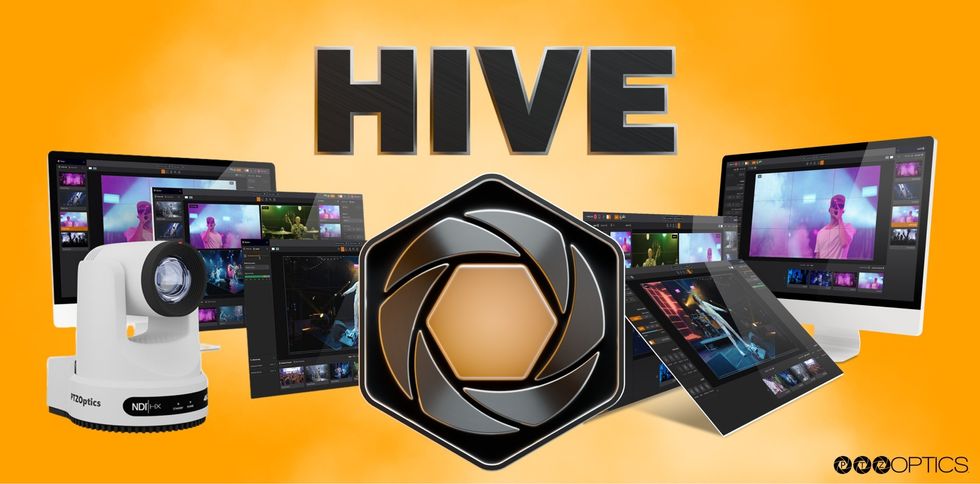Janusz Kaminski & Julian Schnabel on Creating New Conventions for 'The Diving Bell and the Butterfly'

It's cool to see four of the major creative forces behind the film discussing it together, often in interviews you just get one point of view, that of the director or the actor. This format really helps paint the picture of the process they go through and the decisions they make together to create a unique piece of work. I've pulled a piece of insight from each of them:
Cinematographer Janusz Kaminski:
I wasn't interested in making an experimental film where you get thirty people coming and seeing the movie saying 'great job Janusz, great job Julian' -- I wanted to make a movie so we can sit here and talk about it in front of the camera. I wanted to make a movie that people could see. If we push it too much where it becomes totally from his perspective, with the blinking, distorting the images and deconstructing the images without creating some sense of familiarity for the audience it's going to be an experimental movie and it's going to alienate the audience, and that's what I wanted to prevent.
Director Julian Schnabel:
You have to take the trip in order to be free. Usually what happens when somebody talks to the camera in a movie, the movie stops, but in this case, because everybody is talking to the camera all the time, it's the convention and it just flows through this and you start to accept that.
Producer Jon Kilik:
That's why the movie is so strong, because it hasn't been done before, there is no convention, because it didn't exist before how to set up the writing convention, the directing, and the same with the way it was shot. Everybody was in that, the actors too, they had to do something that they hadn't done before and they approached it with the same fear and it challenged them.
Screenwriter Ronald Harwood:
There's 3 stages to a movie, there's the screenplay, the making of the film with the director, and the editing. And they're all integral. To separate them is dangerous, so when you use the word experimental, I always ask 'When is the experiment going to work?'
You commit to what you're doing, and that's your obsession for the period that you're doing it for. We're blessed with imaginations, which is our gift, and it's boundless, it's limitless, but you have to have a focus for it. A picture is only interesting for its frame. Freedom is only interesting for its limitations.
For more from the creatives behind this film, check out the hour and a half chat with the Schnabel and his cast, including Max Von Sydow, Matthieu Amalric, Marie-Josée Croze and Emmanuelle Seigner:
As always, share your thoughts in the comments below.
Links:

